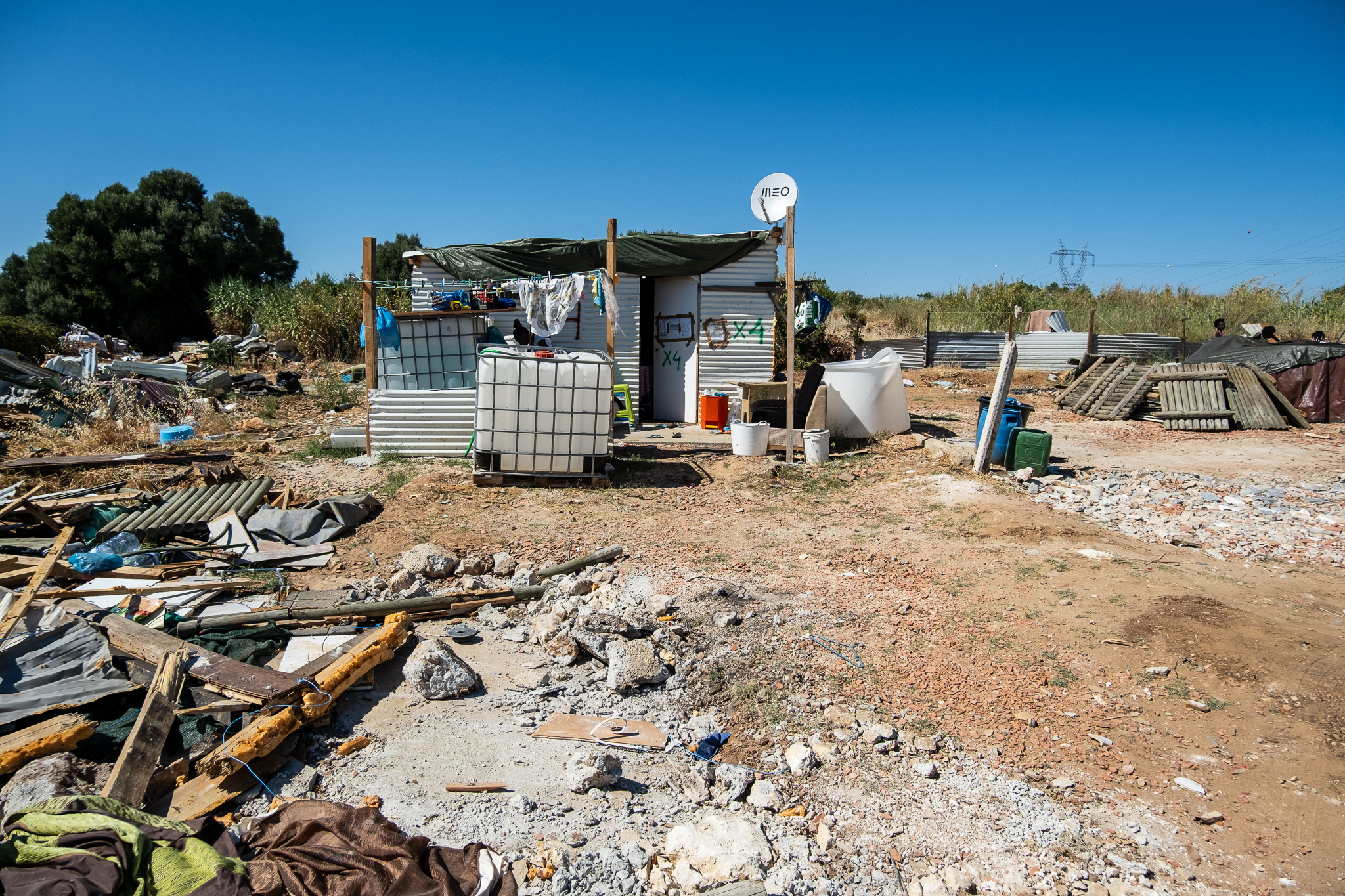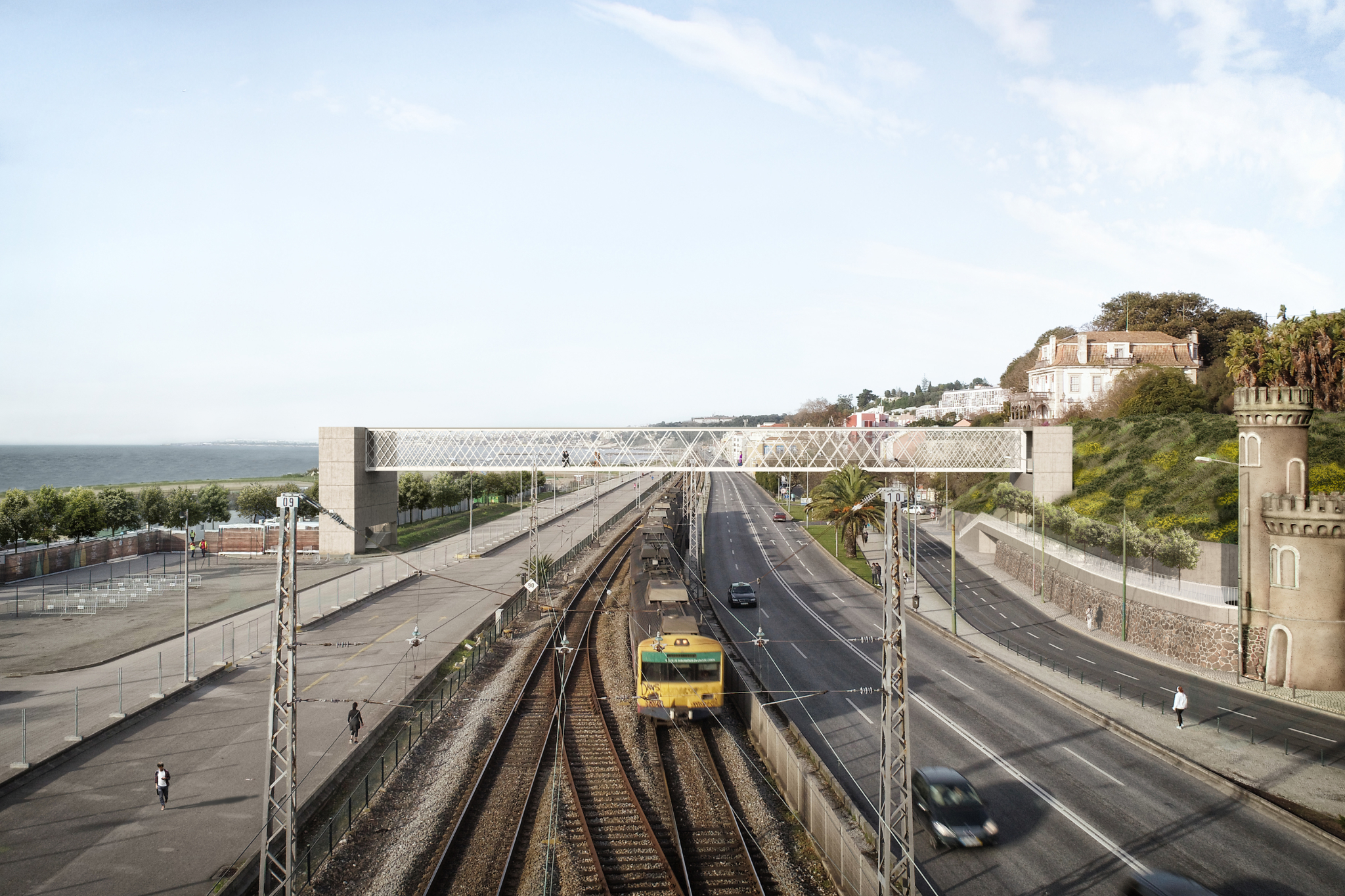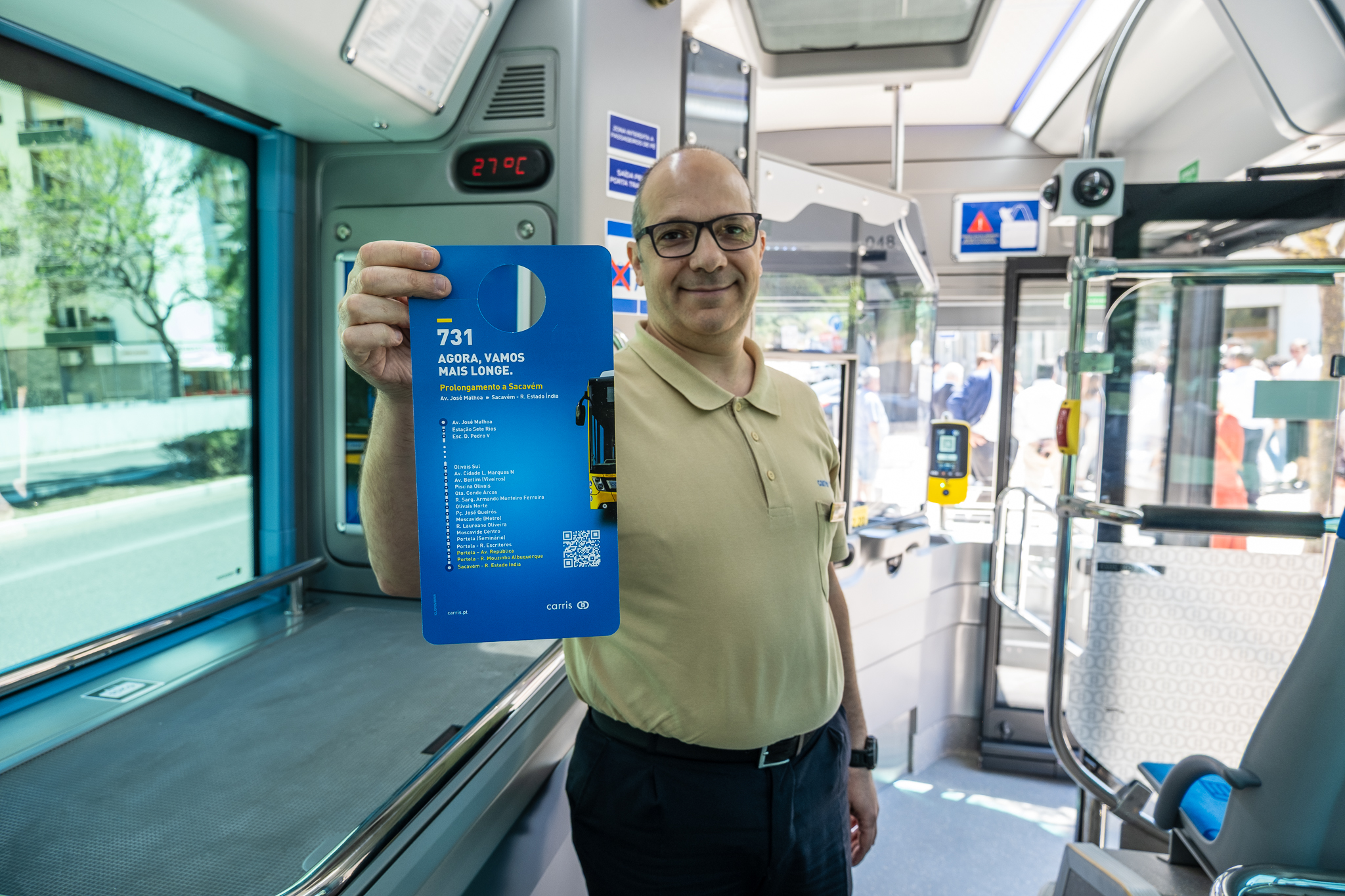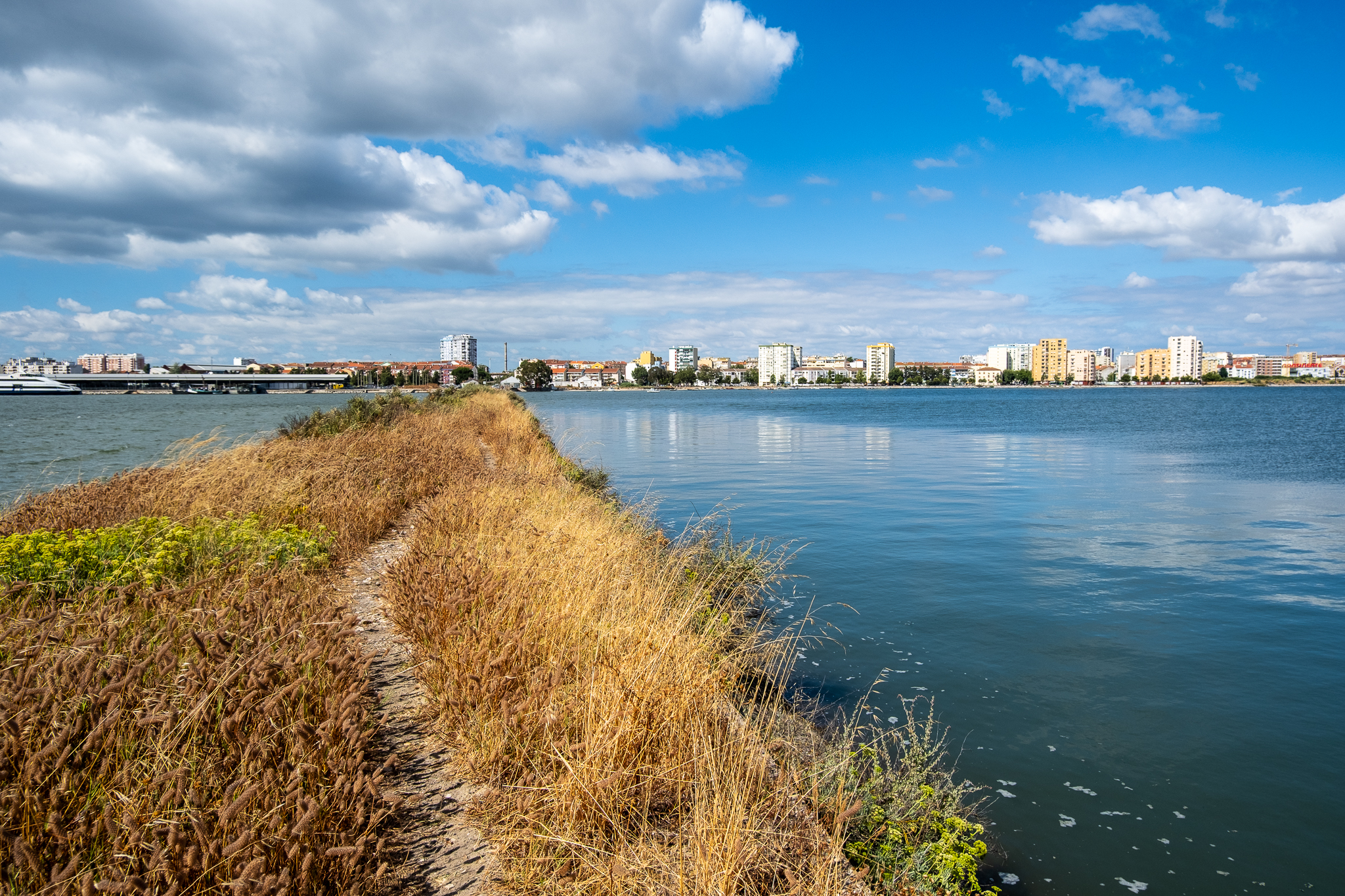The Oeiras Councillor for Mobility, Joana Baptista, criticized the non-existence of a BUS lane on the A5 and also the creation of deterrent parks at the entrance of the cities, such as the ones Lisbon intends to create.

Joana Baptista, Oeiras' Councillor for Mobility, criticized the non-existence of a BUS corridor on the A5 "after 40 years" of the completion of that busy highwaywhich connects Oeiras, Cascais, and Lisbon. "I believe that without major investment we will be able to go ahead with the allocation of one of the current tracks [of the A5] for public transport circulation, and Oeiras should lead this demand".she defended.
"It is incomprehensible and still incomprehensible why, after 40 years, a BUS lane on the A5 has still not been introduced. The end of the current concession [of Brisa], in 2035, is approaching, and we are still talking about the great investment that the realization of this solution represents.Joana also said Baptista, understanding that the creation of this BUS corridor would represent "a huge qualitative leap in the efficiency of the transportation system" and, in particular, would allow "improve commercial speed" of the buses that circulate on the A5.
A BUS lane on the A5 would solve the frequent problem of buses getting stuck in car traffic, particularly near Lisbon, making the use of public transportation more inviting. In fact, with dedicated bus lanes alone, people would have more confidence in using public transportation, because they would know that it is a faster and more reliable option for getting around than individual transportation.
An idea that is not new
The discussion about the implementation of this BUS corridor is not new. In 2018, Fernando Medinathen Mayor of Lisbon, warranty is negotiating with António Costa's government to reserve these routes for public transport. "What we have proposed to the government, and which is under study, is the creation of a public transport corridor over the A5, which is what will allow us to get cars out of Lisbon's city center", said in an interview, adding that next to the A5 "there are lots of urbanizations where thousands of people live". The proposal, he also mentioned, had the support from the mayors of Oeiras and Cascais.
In 2019, the idea gained new details: the most correct would be for this BUS corridor to be a BRT system (an acronym for "Bus Rapid Transit"), that is, a Metrobus, made with articulated buses; this BRT line could pass through the A5, CRIL and then the 2ª Circular (in the central corridor), connecting three counties and also the largest airport and the largest train station in the country. "This will allow an extraordinary thing, which is the direct connection of Oeiras and Cascais to the airport and the Gare do Oriente", referred to Miguel Gaspar, then Lisbon's Vereador of Mobility, in an interview. If the allocation of A5 or CRIL lanes for buses would depend on Brisa or IP, respectively, a BUS corridor on the 2ª Circular would only be a municipal decision, of Lisbon City Hall.
However, the previous Lisbon municipal executive did not seem willing to move towards the introduction of a BUS corridor on the 2nd Circular without an integrated plan with the CRIL and A5. Miguel Gaspar said in the same interview, in 2019, that "at this moment we are studying the hypothesis of putting in its central axis a transportation system, which could be a light rail or a BRT". "We already know where we can put the stops and how we get people there. We've managed to put stops next to the Benfica train station, in the Colombo area, in Lisbon Towers, Campo Grande, Airport (and just 300 meters away from the boarding area) and in Avenida Marechal Gomes da Costa, connecting then to Gare do Oriente. And to access the boarding zones people will only have to go up or down a flight of stairs".added the then-councilman for Mobility of the capital.
The Municipality of Cascais has, for its part, published a preliminary study on a BRT solution on the A5, a study it commissioned from transportation systems consultant TIS. In this work, three scenarios were analyzed: the first, of a BRT line between Cascais and Lisbon, along the A5, which would terminate at the Sete Rios transport terminal; the second, corresponding to the will of the Lisbon Municipality to make a line along the A5, CRIL and 2ª Circular, which would terminate at the Gare do Oriente; the third, of a train-tram to convert the Cascais Line into a light rail system, closer to a subway.
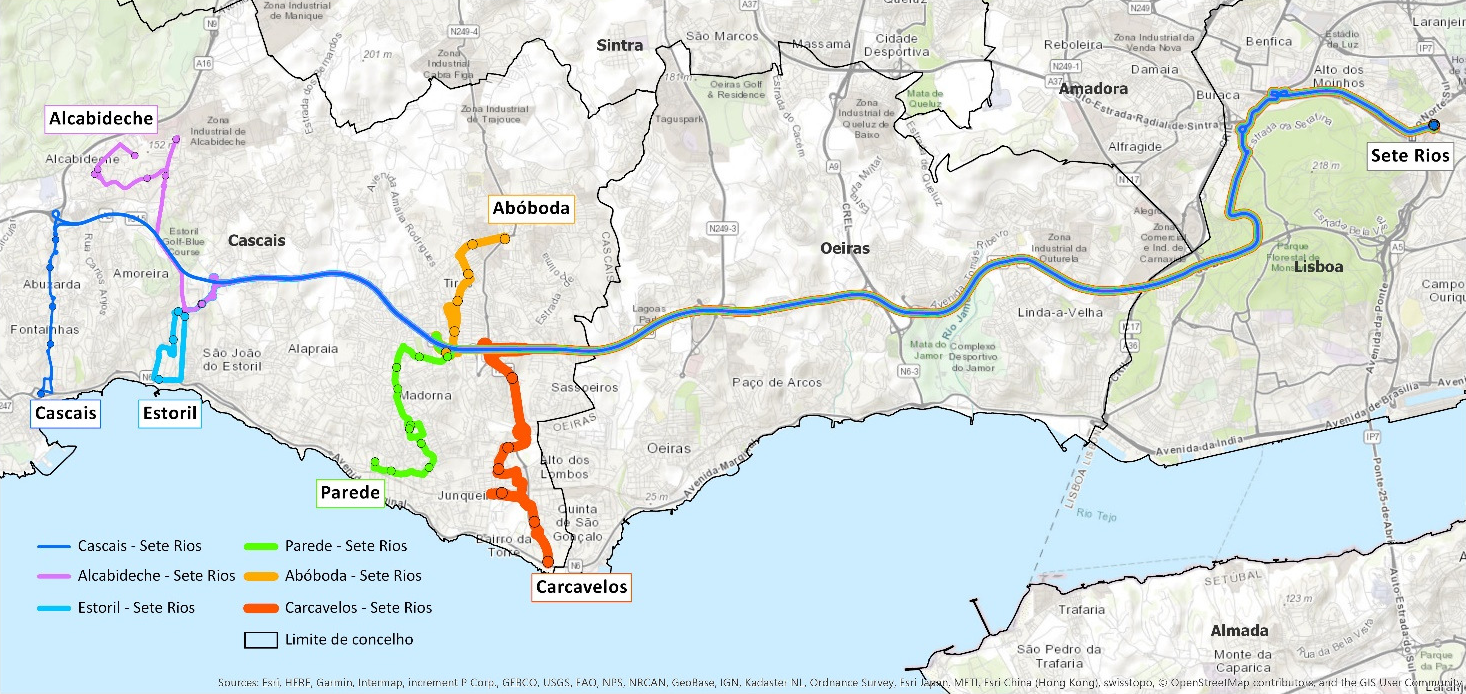
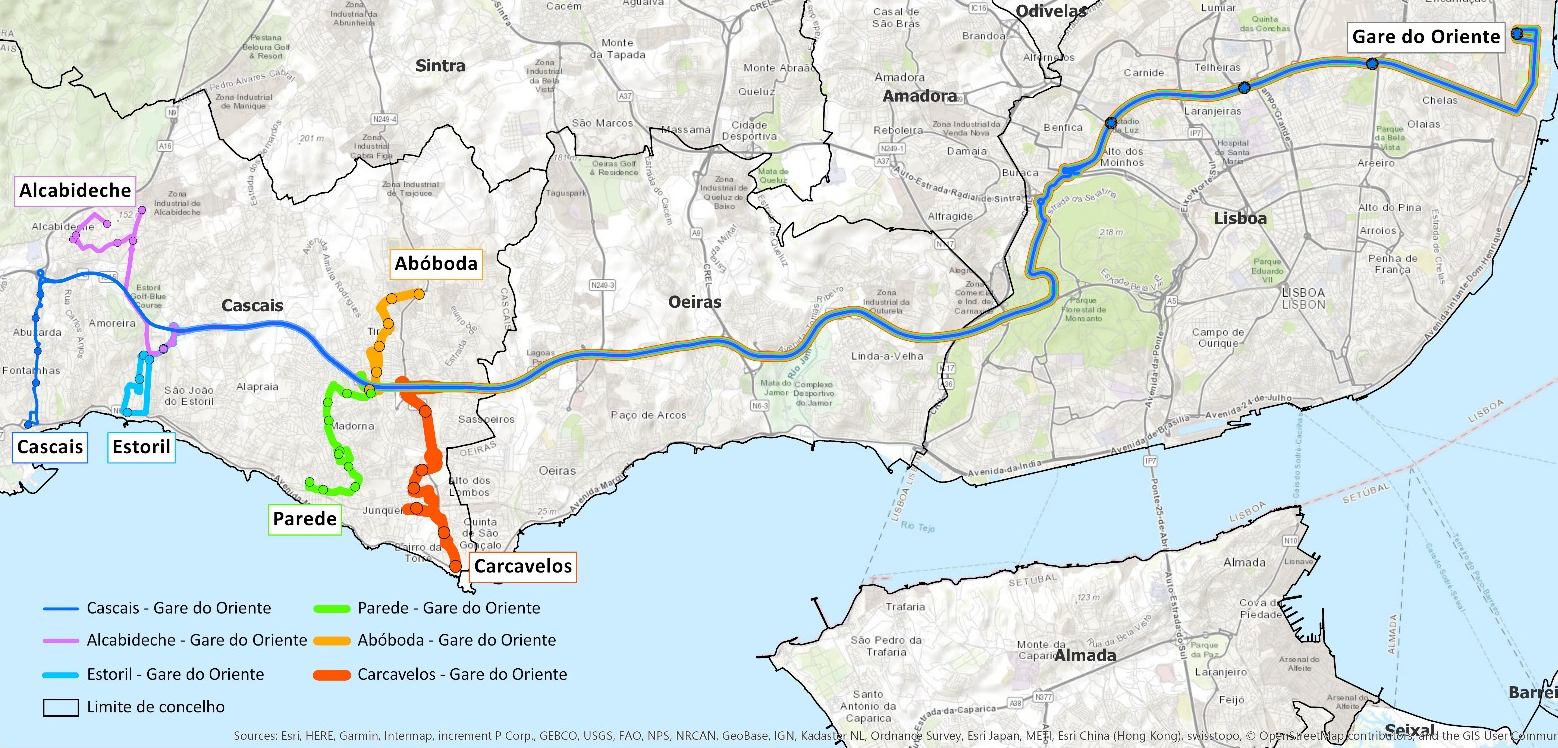
TIS also studied six BRT transversal line scenarios that would connect different points in the municipality of Cascais (Alcabideche, Estoril, Abóboda, Parede and Carcavelos) along the A5 to Oeiras and Lisbon. According to the study carried out, the BRT line would, in the first scenario, eliminate about 5.6 thousand car trips and, in the second, 7.4 thousand trips.
Criticism to dissuasion parks
Joana Baptista talked about the importance of a BUS lane on the A5 in the presentation event of the Sustainable Urban Mobility Plan (PMUS) and the Accessibility Plan of the municipality of Oeiras, which took place in early April. "The modal split is still dominated by individual transport, the car, 45%. But this no longer represents the majority, as 31% of people choose public transport and 20% commute on foot."pointed out the Oeiras Councillor for Mobility. "The plans presented today outline a picture of the path we wish to follow, foreseeing a series of interventions and a set of services that will lead to an effective improvement in the functioning of the transport and mobility system in Oeiras, with positive impacts on the daily lives of all those who live, study or work in our localities. This is only possible with an integrated vision of the mobility ecosystem, based on the articulation between the various means of transport."
Anticipating the more detailed presentation of the mentioned plans (which you can read about here), Joana Baptista presented a summary of the mobility policy that the municipality intends to follow. If Oeiras, like other municipalities, has developed mostly around the automobile, it now intends to reverse this trend. "The ultimate goal of the implementation of these plans will be to revolutionize mobility in Oeiras. We want, within 10 years, to reverse the current modal split, increasing the share of public transport and soft mobility, so that individual transport will represent less than 40% of choices, thus contributing to a 20% decrease in greenhouse gas emissions"he declared. The Councillor for Mobility spoke about the expansion of the cycling infrastructure with 30 km in project, the launch of the municipal network of shared bicycles in the second half of the year, the pedestrianization of streets, the creation of Zones 30 and coexistence zones, the placement of comfortable sidewalk on sidewalks, the improvement of pedestrian access to public transport interfaces, and the improvement of waiting conditions at bus stops with about 330 new shelters. At the same time, the municipality of Oeiras wants to implement "innovative projects and, above all, capable of bringing more efficiency to the transportation system"LIOS Occidental, the hailed LRT system that will connect Oeiras to Lisbon, a BRT line between Oeiras, Lisbon and Amadora, and the "reactivation and expansion of the SATU, for which the feasibility study of the final route is being launched, based on the analysis defined in the demand study and the cost-benefit analysis".
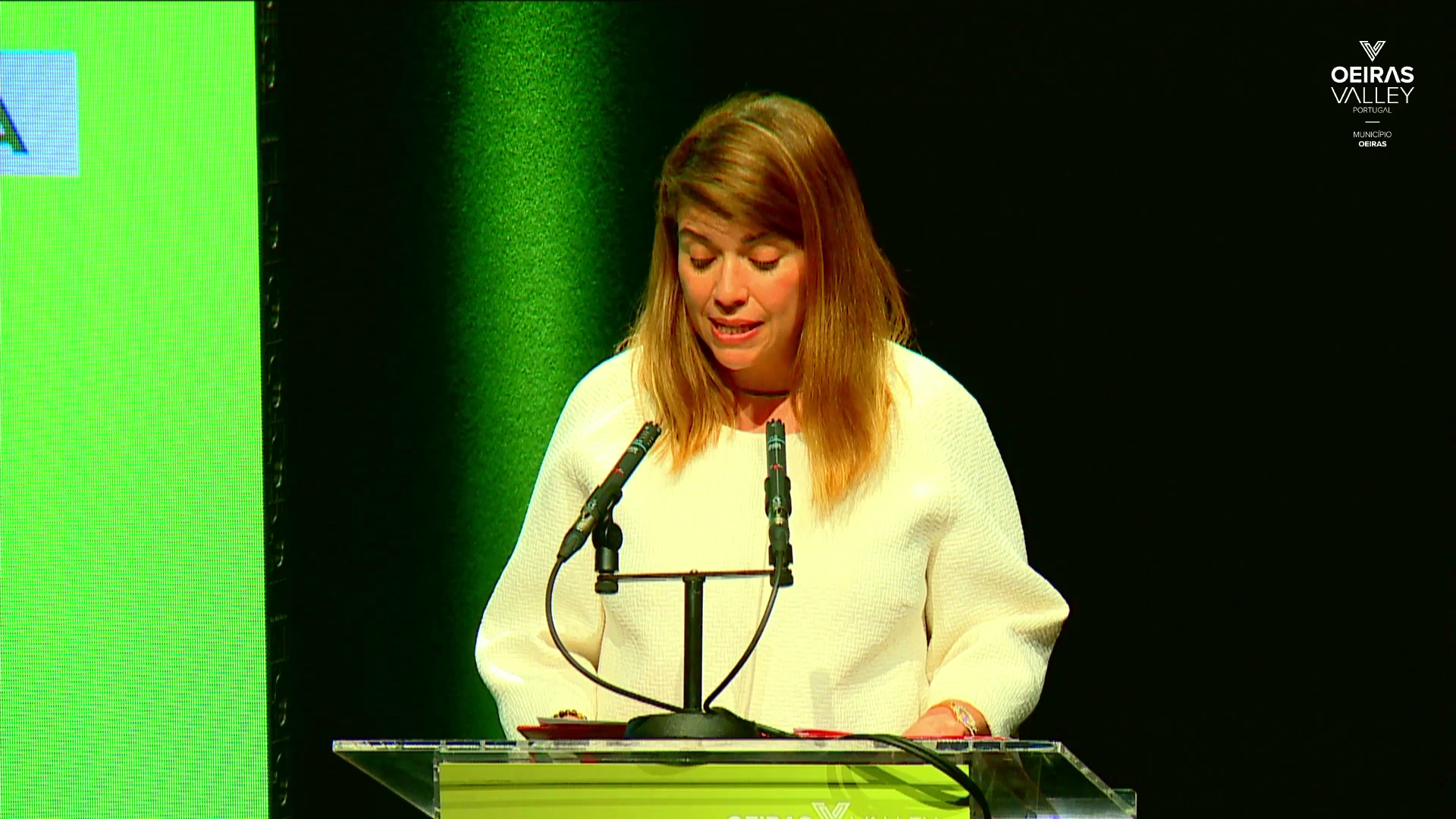
The municipality of Oeiras disagrees, however, with the policy that Lisbon wants to implement with deterrent parks, at the city's doorstep and near public transportation terminals (it will be 17 million Euros for five parks: two in Pontinha, one in Lumiar, another in Braço de Prata, and one more in Cidade Universitária). "We do not intend to create deterrent parking lots near the terminals, since this discussion only makes sense in the context of the Lisbon metropolitan area as a whole, in a logic of complementarity to the metropolitan transport network and not county by county"he said. "Anyone who starts a commute in individual transport is unlikely to finish it in public transport."
The Oeiras Councilwoman for Mobility promised "continue to provide the municipality with the parking infrastructures necessary for the effective management of the territory in terms of supply and demand" and "a municipality with more and better parking, with greater comfort and safety for all those who need to park their car". But it will seek "create conditions so that those who have cars can leave them parked near their homes whenever possible and use the transportation system, thus reducing the daily use of private cars for commuting"..
Joana Baptista believes that to make public transportation more attractive a number of road knots need to be solved: "when we talk about new roads or improving access nodes, we are not just improving the conditions for individual transport, for the car. We are also creating conditions for public road transport to become more competitive". The Councilwoman detailed that a set of bypasses and access nodes to both the A5 and the CRIL are needed to remove traffic from the localities and to be able to give other uses to urban avenues. Oeiras also wants to "having a say in managing circulation and trying to make it more urban" the Marginal Avenue, removing traffic from it and converting it into a more local access route. “It is up to politicians, all politicians to provide a multifaceted response to all its users, whether they are the car, the bus or the bicycle".

